




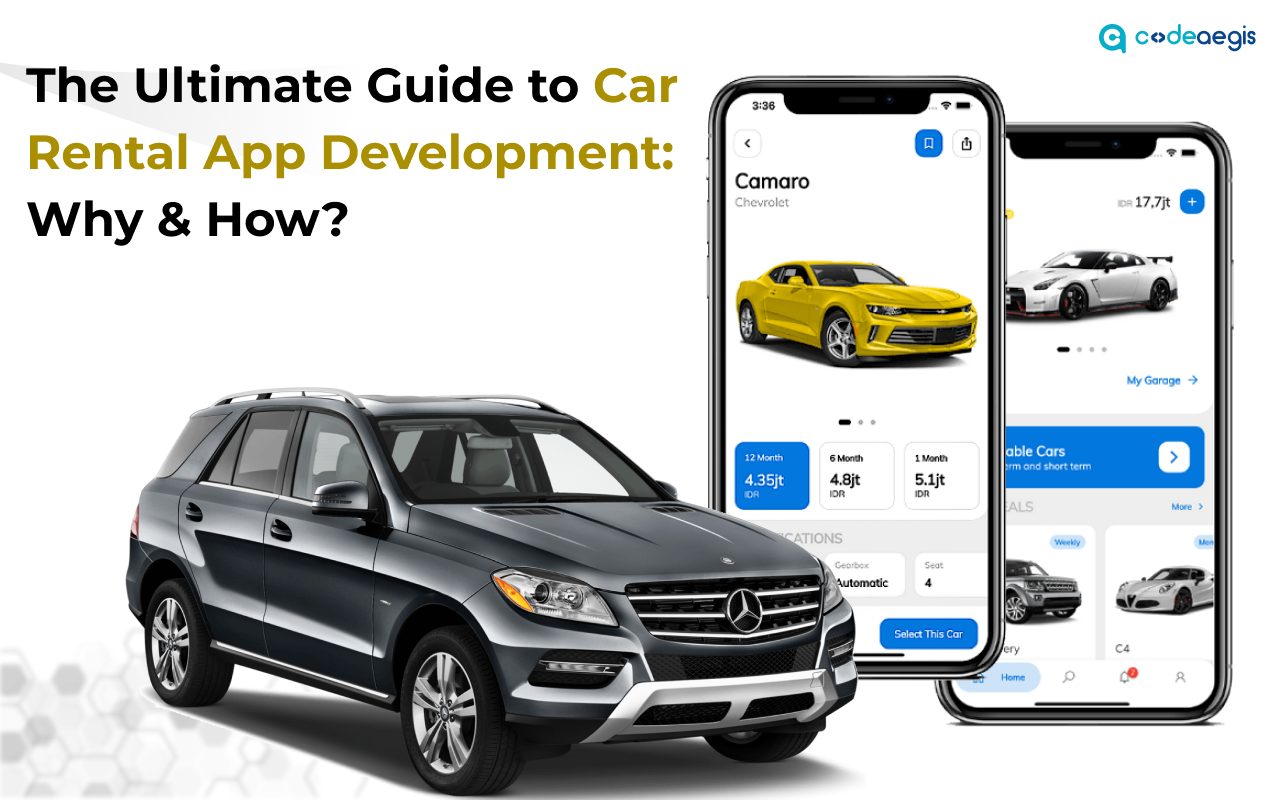
- May 14, 2025
- 43 Views
Summary: Car rental apps have become the heart of the business, stimulating growth, efficiency, and customization. They offer updated rental methods to stay relevant with Gen Z and Millennials, who are inclined to rent a car for a shorter period instead of purchasing one.
With the rising global demands and the emergence of advanced technologies, businesses are moving ahead to invest in feature-rich, scalable car rental apps.
This guide covers types of apps, market potential, essential features, tech stacks, development steps, and post-launch strategies.
A Car Rental App Is No Longer a Luxury—It's a Necessity!
We can prove the statement mentioned above. Do you know how?
The world drives with conveniences, and if traditional car rental methods fail to deliver that, you can assume the system will soon disappear.
You will notice something different or an updated version in that place, for instance, in the car rental case, you can see the car rental apps that deal with customer preferences, modern times, and customization choices. That system will be fast, driven with confidence and determination.
According to Statista, revenue from the car rental market was projected to reach US$108.20 bn by 2025 worldwide. An annual growth rate of 3.49% is expected between 2025 and 2029, resulting in a projected market volume of US$124.12 bn by 2029.
You may wonder how rapidly the world is changing, where future generations are blessed with exceptional services and facilities. This all happens because of the evolving need for on-demand services.
Whether you’re a startup company or have a car rental business, you want to get on an online platform. We got you covered. CodeAegis is a startup-friendly company that can elevate your business presence.
This blog will thoroughly discuss car rental apps, their market potential, the development process, why you need to invest, how to develop, and much more.
Let’s break the eyes, without further ado.
-
Table of Contents
-
- What is a Car Rental App?
- What are the Core Types of Rental Car Apps and their Examples
- Why Does Investing in Car Rental Apps Development Seem Important in 2025?
- What Makes the Car Rental Business Model Attractive?
- What is An Ultimate Guide to Developing a Car Rental App
- The Key Features of a Car Rental App
- What is the Cost of Developing a Car Rental Mobile App Like Zipcar
- How to Make Money from Your Car Rental App?
- Final Thoughts
- FAQs
-
What is a Car Rental App?
The car rental app is a Mobile app that allows users to search for, book, and manage car rentals directly from their smartphones.
It simplifies the car rental process with its advanced features, such as booking management, payment processing, vehicle search, and more.
What are the Core Types of Rental Car Apps and their Examples
Multiple rental car apps attract different user bases as per their requirements. Below, we’ll discuss some of them and understand through examples, too.
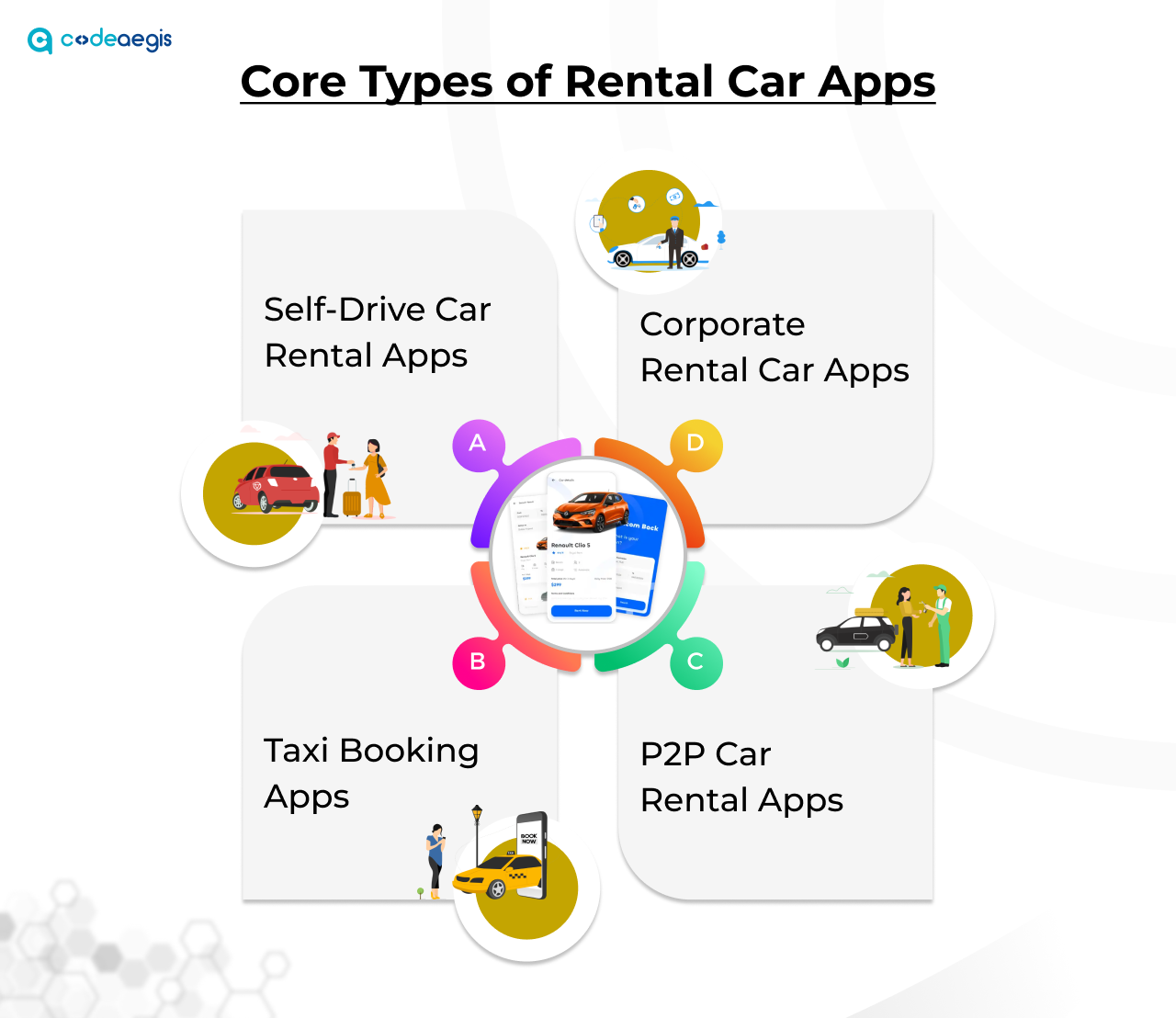
Self-Drive Car Rental Apps
Self-driving car rental app development is highly focused on developing an app that allows users to book a car rental without needing a driver.
You can take an example of Zoomcar, which works on the Self-Drive Car Rental App Method.
Corporate Rental Car Apps
Corporate Rental car app development is widely known for creating mobile apps designed for businesses to manage and facilitate car rentals for employee travel, meetings, or other business purposes.
Taxi Booking Apps
Taxi booking app development involves creating a mobile app that helps users book and manage taxi rides with simple steps.
This includes features like ride requests, real-time tracking, payment options, and driver ratings.
You can relate this functionality to Uber. Yes, because that is based on taxi booking app development methods.
P2P Car Rental Apps
The P2P car rental app development facilitates the sharing of personal vehicles between car owners and renters, creating a peer-to-peer marketplace.
This saves from the traditional car rental company that takes too long or has no direct connections.
The Turo app is the best example of a ride-sharing app. You can take inspiration from such applications.
Why Does Investing in Car Rental Apps Development Seem Important in 2025?
The car rental business has taken the long leap. It’s not limited to physical kiosks and lengthy paperwork. All thanks go to digital transformation, which has made the world tech-savvy and familiar with technology at its fingertips.
Car rental app development is crucial as it drives efficiency, productivity, and time savings. Its advancements have completely overtaken traditional car rental processes.
Various factors determine whether the market moves at a faster rate.
1. On-Demand Accessibility
Youngsters admire the on-demand services for the best accessibility and instant booking anytime. The car rental app is secure in many ways, for instance, it eliminates the need to stand in long queues or deal with time-consuming paperwork.
No matter if it is needed by a tourist for quick transportation or by business travelers on a tight schedule. Users can browse available cars, schedule pick-ups, make payments, and receive confirmation from their smartphone within minutes.
2. Leads to a Great User Experience
Every ride proves to be a smooth experience that helps build a brand. These small steps help provide the best user experience at a wider level. To leverage businesses with advanced technology, you need to understand the user preferences and choices that make your business close to their hearts.
3. Technological Advancements
Technology is doing its best to bring us one step closer to a successful method. The technological advancements are significant, particularly in online Car Booking App Development and mobile apps.
The emergence of AI and big data in the car rental business is undeniable. Companies are working to incorporate that advanced technology into the business to improve customer experiences by monitoring preferences and elevating operational efficiencies.
What Makes the Car Rental Business Model Attractive?
The car rental business model is attracting users worldwide. But have you ever noticed why? Due to its scalability, diverse revenue streams, and relatively low capital investment requirements compared to traditional car ownership.
Furthermore, it is the best solution to manage the increasing demand for flexible transportation options, particularly among tourists and business travelers. It fuels the growth in society, enables efficient operations, and enhances customer experiences.
Below are some pointers about why the car rental business has become a point of attraction.
High Demand
It is the best go-to option for those who’ve come to the country to travel and explore, elevating continuously rising urban mobility needs. Such practices are best for expanding tourism with seamless experiences.
Scalability
The car rental business has enough potential to move ahead, which can strengthen its foundation more than ever. With a technological touch, you can start your business locally and expand it globally.
Revenue Potential
The car rental business has multiple ways to earn money, such as rentals, subscriptions, ads, and premium features.
What is An Ultimate Guide to Developing a Car Rental App
Developing an app for the services requires brainstorming and strategic methods. So, here we’ll break down the car rental app development service process into clear and actionable steps.
1. Market Research & Business Planning
Research is crucial to developing a strategy to take your business to the next level. You can start research by answering significant questions that will help you realize your vision.
Those questions are
- Who is your target audience?
- What cities or regions will you operate in?
- What types of cars will be offered, like luxury, economy, or SUVs?
- Make a detailed list of your competitors and what they’re doing right to drive substantial growth.
The car rental app development company needs to begin with business analysis to align your app idea with market needs.
2. Select the Right Development Platform
Once you understand the market, providing the right platform for your app becomes essential. Choose wisely whether you want to build a native app for iOS or Android, a cross-platform app, or a web-based app.
Each platform has its own advantages and disadvantages. So, you’ve got to decide whether to move ahead with Native Apps, cross-platform apps, or web-based apps.
- The native app offers excellent performance and an advanced user experience, but it requires different development approaches for iOS and Android.
- Web-based apps are easy to develop and maintain, but they may not provide the same capabilities or functionalities that native apps can provide.
- You also have the cross-platform app, which allows you to build a car rental app in a single code for both platforms, but it may be filled with compromises and performance issues.
3. Define the key features of your business.
Before visiting the vendor partners, ensure you’re ready with well-researched feature lists. Below, we’ve discussed the must-have features for both users and admins.
For Users
- Make a Registration or Login Page (via Email or Social Media)
- Real-time Availability and Bookings
- GPS Navigation and Pickup point locators
- Fare Estimator
- In-App Payments
- Ride History
- Rating & Review
- 24/7 Customer Support
For Admins
- Dashboard and Analytics
- Fleet Management
- Booking Management
- Customer Management
- Driver Verification (If Required)
- Dynamic Pricing
- Promotions and Discounts
You can use this list as a reference and check whether it aligns with your business idea. Even if it doesn't match completely, you must partner with a car rental app development company that prioritizes these features based on your budget and timeline.
4. Choose the Right Tech Stack
The next thing that needs your attention is which tech stack you will use for your Rental Taxi Booking App Development. This can make your business stand out.
Below is a sample tech stack for the car rental app development.
Frontend- React Native, Flutter (For Cross-Platform), Swift (iOS), Kotlin (Android)
Backend- Node.js, Django, or Laravel
Database- MongoDB, PostgreSQL
Payment Gateways- Stripe, PayPal, Razorpay
Maps & Geolocation- Google Maps API, Mapbox
Cloud Hosting- AWS, Azure, Google Cloud
Partnering with an experienced car rental app development company can help ensure optimal performance and robust security.
5. Prototyping and Wireframing
First impressions have always mattered. Even that first impression holds special value in determining whether the user will stay with your app. So, the following mandatory step is to prefer high-fidelity designs.
The focus must be on clean layouts and intuitive navigation that are easy to use. Then, proceed with responsiveness that incorporates a fast-loading time with smooth transitions.
Create a sleek UI/UX design that reflects your brand’s tone and personality. Don’t cut corners here, as exceptional UI/UX designs lay the foundation for a successful mobile app.
6. Development and Testing
Once all the above things have been finalized, it is time to give your car booking app a sharp touch. It must follow the robust development cycle that is mentioned below;
- Frontend and Backend Coding
- Integration of Third-Party Service (Payment, Maps, etc.)
- Beta Release and Internal Testing
- Quality Assurance and testing for bugs and performance
7. Launch and Deployment
The app you’ve dreamed of is close to launch after robust development and testing. Once your app is ready to go live on the App Store and Google Play Store, ensure all backend systems are monitored during this time to address any persisting issues promptly.
What does a successful rental taxi booking app development launch include?
- Marketing campaigns
- Press releases
- Social media buzz
- Influencer outreach
8. Post-Launch Support and Updates
Once the Rental Car Booking App Development is done, you’ve come halfway around, but the rest of the journey is yet to be completed. Launch is just the beginning. You’ll need ongoing maintenance, security updates, feature enhancements, and analytics tracking.
So, choose a development partner with long-term support and scaling for your apps.
Also Read - How to Find an App Development Company for Your Rental Business
The Key Features of a Car Rental App
Features play a crucial role in shaping an application's identity and user experience. They bring uniqueness and value to the business. In this section, we’ve organized a table listing essential features your car rental app should have, divided into three key modules: Customer, Driver, and Admin. Let’s start with the Customer Module
Majorly, it needs three Modules.
Customer Module
Driver Module
Admin Module
Let’s gear up to discuss car rental app features thoroughly
Customer Module
| FEATURES | DESCRIPTION |
| User Registration/Login | User Registration allows customers to sign up and log in using email, Phone Number, or Social Media Accounts for secure Login. |
| Profile Management | It enables updating personal information, driving license, contact details, and preferences. |
| Car Search & Filter | Advanced filters, such as location, car type, pricing, fuel type, and brand, help customers find cars tailored to their needs. |
| Car Detail Page | This feature displays car images, specifications, rental cost, availability, and terms & conditions. |
| Real-Time Vehicle Availability | Through these features, customers view the real-time availability of cars in specific locations or time slots. Booking & Scheduling |
| Booking and Scheduling | Clear price breakdowns allow customers to reserve vehicles for future dates and durations. |
| GPS-Based Location Tracking | Using GPS, customers can find the nearest rental car or drop-off locations. |
| Payment Gateway Integration | These features allow users to pay securely through credit/debit cards, wallets, net banking, or UPI. |
| Ride History | It records all past and upcoming bookings with the car driver's details. |
| Rating & Reviews | This lets users rate their car rental experience and write reviews for transparency and improvement. |
| Push Notifications | These features help to send alerts about booking confirmations, car availability, offers, and reminders. |
| In-App Chat/Support | This offers instant support through chat or call to resolve issues before, during, or after the rental apps. |
| Cancel/Modify Booking | Users can easily change or cancel their bookings based on policy conditions. |
| Loyalty Program/Discounts | Attracts returning users with loyalty points, referral bonuses, or seasonal discounts. |
| SOS / Emergency Button | It allows customers to instantly alert local emergency services, rental company support, or pre-saved emergency contacts during a ride for immediate assistance. |
Driver Module
| FEATURES | DESCRIPTION |
| Driver Registration/Login | Allows drivers to sign up and log in using verified credentials, often requiring documents like driving license, ID proof, and vehicle ownership. |
| Profile Management | Enables drivers to update personal details, vehicle information, availability schedule, and banking details for payment. |
| Trip Request Notifications | Drivers receive real-time alerts for new ride requests or bookings assigned by the admin or algorithm. |
| Accept/Reject Booking Requests | Drivers can choose to accept or decline booking requests based on availability. |
| Trip Management Dashboard | Displays all active, upcoming, and completed trips, along with earnings and performance metrics. |
| Navigation & Route Optimization | Integrated GPS navigation guides drivers to pickup and drop-off points efficiently, avoiding traffic and delays. |
| Driver Availability Toggle | Let drivers set their availability status (Online/Offline) for receiving booking notifications. |
| Vehicle Management | Allows drivers to add/update vehicle details such as registration number, car type, condition, and documents. |
| Earnings Tracking | Offers real-time tracking of daily, weekly, or monthly earnings with payment breakdowns. |
| In-App Communication | Enables chat or call with customers and admins to coordinate pickup, drop-off, or report issues. |
| Trip History & Reports | Logs every completed trip for reference, including ratings, timings, locations, and fares. |
| Ratings & Feedback | Drivers can rate customers and view their own ratings, helping maintain service quality and accountability. |
| Document Upload & Verification | With admin approval, drivers can upload necessary documents for identity and vehicle verification. |
| Notifications & Alerts | Sends important alerts about bookings, payments, policy changes, or support messages. |
Admin Module
| FEATURES | DESCRIPTION |
| Admin Dashboard | Provides a centralized view of business performance, including total bookings, revenue, active users, vehicle availability, and more. |
| User Management | Enables the admin to add, block, or remove users, and verify driver/customer profiles. |
| Vehicle Management | Allows management of the entire vehicle fleet—adding new cars, editing vehicle info, tracking maintenance, and removing inactive listings. |
| Booking Management | Admin can view, assign, modify, or cancel any booking. Also helps resolve conflicts between drivers and customers. |
| Real-Time Tracking | Admin can track ongoing rides in real-time, ensuring safety and operational transparency. |
| Document Verification System | Admin can verify driver documents (license, insurance, registration) before approval. |
| Payment & Commission Management | Admin can oversee payments, set commission rates for drivers, and track earnings/revenue across the platform. |
| Analytics & Reporting | Generates reports on user behavior, vehicle usage, trip history, revenue, driver performance, and more for data-driven decisions. |
| Promo Codes & Discount Management | Allows creation and monitoring of promotional offers, discount codes, referral bonuses, and loyalty programs. |
| Rating & Feedback Management | Admin can view, respond to, or resolve feedback from both drivers and customers to maintain service quality. |
| Content Management System (CMS) | Allows the admin to update app content like terms & conditions, FAQs, banners, or blog posts. |
| Notification Panel | Sends bulk or targeted push notifications, emails, or SMS to users regarding updates, offers, or alerts. |
| Support & Dispute Resolution | Admin can manage customer support tickets and resolve disputes between users effectively. |
| Multi-Language & Currency Support | Enables localization by supporting different languages and currencies for broader market reach. |
| Role-Based Access Control | Assigns different levels of access to sub-admins or staff, such as support agents, vehicle managers, or marketing personnel. |
What is the Cost of Developing a Car Rental Mobile App Like Zipcar
The cost of developing a car rental mobile app may vary depending on several factors, including app features, platforms, app complexity, design requirement, and the development team and their location.
It won’t be easy to answer this question directly, as each cost comes with additional features, value, and scalability methods. Therefore, on average, the cost of developing a car rental app may range from $10,000 to $300,000 or more.
What are the key factors that can determine the cost of a car rental app
1. Feature and Functionality
Above, we discussed the must-have features in a car rental app, whereas here we will categorize those features into the level that costs respectively.
Basic-Level App
If you’re a startup or are giving a trial of your idea, you can go ahead with the basic-level feature within your budget boundaries. That includes;
User login, vehicle search, booking, payments, and may cost you around $25,000 - $50,000 (an estimated cost)
Mid-Level App
If you’ve got something big in your mind, and are going ahead with something analytic, or widely developed, but budget may be your constraint, then no issues, you can move ahead with the customization feature at a middle level that includes;
Live GPS tracking, user profiles, rating system, and multi-language support may cost you around $50,000 - $100,000.
Advanced Level App
If you don’t have a budget constraint, you can choose advanced-level app features that may help you stay relevant and competitive.
AI chatbots, analytics, fleet management, in-app chat, remote unlocking): $100,000 - $150,000+
2. Development Team Location
The hourly rate and the country you’re getting support from largely determine the cost. On average, the price may vary depending on the country.
The list is mentioned below
| Region | Hourly Rate of Developers |
| North America | $80 - $150 |
| Western Europe | $60- $120 |
| Eastern Europe | $40-$80 |
| India & SE Asia | $20- $40 |
| Africa | $25- $45 |
As per this data, hiring developers on an hourly basis would be cheapest in India and the UAE without compromising quality. The affordable location can bring your idea to life within your budget limits.
3. Platform Selections
The most essential factor determining the cost is the platform. Developing a native app separately for Android and iOS will cost more than opting for cross-platform development.
So, if you have a budget concern and you want to go ahead with native, you can use the single-platform MVP to leverage a good strategy.
4. The UI/UX Development
Above, we mentioned how important it is to maintain a sleek UI/UX design for your app, as that quality has a specific value. If you want to enable custom animations, interactive interfaces, and intuitive flows, then it requires an experience design that may cost you anywhere from $5,000 to $20,000, depending on complexity.
How to Make Money from Your Car Rental App?
The market is highly in demand for car rental app businesses or on-demand transportation, and launching a rental car app would be a competitive advantage. Whether you’re building a platform like Turo or Hertz, you must check with a Mobile App Development Company.
You can incorporate multiple revenue streams to generate income from your rental car app.
1. Commission-Based Model
The commission-based model is so popular and effective for incorporating a monetization strategy. Take Uber, for example. They started as a commission-based model, but now they’re not solely depending on that model, but have added a subscription-based model to generate revenue.
You can also make money from your car rental business. All you need is a good business strategy, thorough market research, and a clear vision.
2. Subscription Plans for Owners
You can also incorporate subscription-based packages for fleet operators willing to list multiple vehicles. For instance, a basic plan allows limited listing while the premium plan offers priority listing, market support, and detailed analytics.
This method will bring consistent monthly revenue that helps to expand your business further.
3. Dynamic Pricing and Surge Charges
Once incorporated AI and machine learning into your price engine. You can enable dynamic pricing based on demand, location, and availability. For instance, during peak hours or in high-demand areas, you can apply surge pricing and charge a higher service fee.
This is a well-optimized monetization method that can increase revenue without needing many users.
4. In-App Advertising
With enough traffic on your app, you can allow other businessmen or third parties, such as car insurance, fuel brands, or maintenance services, to advertise their business. This can help you greatly generate revenue from third parties.
5. Premium User-Features
You can also open your app for the freemium model for users, where basic functionality will be free. Still, advanced features like prior booking, extended customer support, or access to luxury car rentals are available with specific fees.
Users who travel frequently or need exclusive cars might opt for such paid features.
Final Thoughts
In a nutshell, as the demand is hot, it would be better to take the risk of filling the gap and creating your brand identity. Some mandatory steps that we’ve covered in this blog will help you cater to the market diversely.
The information mentioned above gives you an idea of these apps' revenue and provides a secure foundation for the business.
So, with an expert business recommendation or a technological head, you can enter the market and shift to new technology to stay competitive and relevant, and serve the market widely.
FAQs
Q1. Why should I invest in a car rental app development solution?
Investing in a car rental app offers scalability, booking process automation, and real-time vehicle tracking. It enhances convenience and provides a competitive edge in a dense market.
Q2. What would be the must-have features of a car rental mobile app?
The essential features include user registration, vehicle listing with filters, booking management, GPS Tracking, and real-time availability.
Q3. How much does it cost to develop a car rental app?
The development cost depends on multiple factors, such as complexity, features, platform (iOS/Android), design, and developer location. On average, a full-fledged solution ranges from $10,000 to $300,000 or more.
About Author
You May Also Like
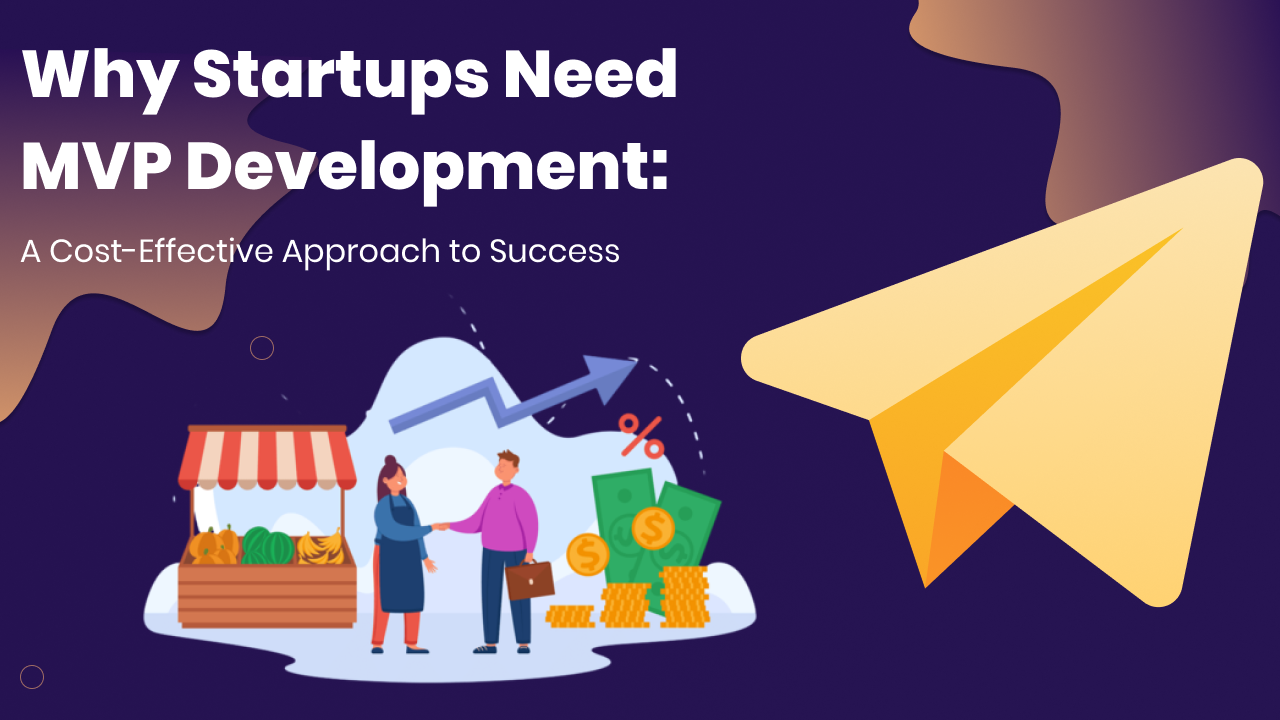
The startup space is fast, competitive, and harsh. According to Exploding Topics, about 90% of startups fail. What would be the reason for that? There would be multiple reasons for startup failure, bu

Summary: Car rental apps have become the heart of the business, stimulating growth, efficiency, and customization. They offer updated rental methods to stay relevant with Gen Z and Millennials, who ar
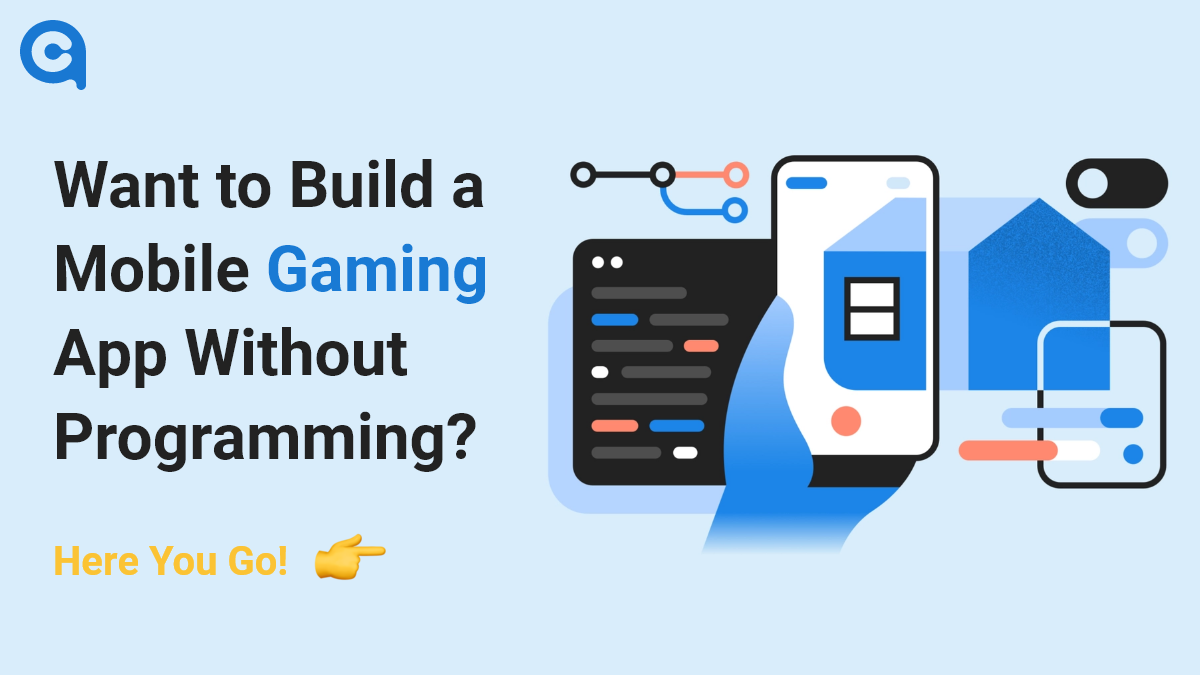
Do you want to build a simple app for your business? Do you want to create an app that enhances the experience of users who play games on their smartphones? Whatever your reason, I have created this g

Mobile app development is quickly becoming a necessity for businesses. As the world becomes increasingly digital, companies of all sizes rely on mobile apps to reach customers and increase customer en

Picture this: a world where traditional banking transforms into a cutting-edge, efficient, and transparent system that leaves everyone in awe. Blockchain, often met with skepticism and uncertainty, is

Picture this - a world where business transactions are seamless, secure, and transparent. This might have seemed like a distant dream before the advent of cryptocurrencies and blockchain technology, b

IPTV has established itself as a prominent technology that is gaining traction with its comprehensive platform applications. Unlike traditional methods like satellite, cable, or TV, IPTV has accelera

Australia is moving towards a big shift at a global level. It is strengthening the ties at the B2B level and becoming a hub for innovation, sustainability, and digital transformation. Backed with a r

Did you know that Dubai's prime residential market is projected to experience the world's strongest growth in 2025? The Middle East is buzzing with opportunities, especially in the realm of mobile app
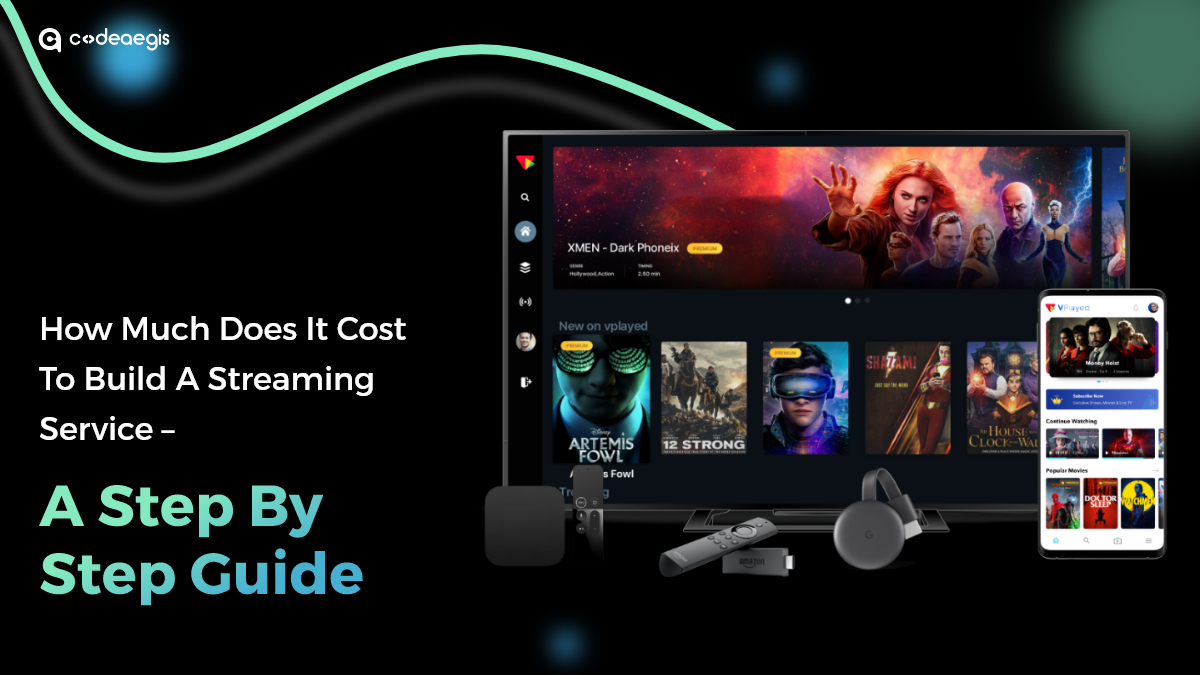
The rise of online video streaming services has revolutionized the entertainment industry, prompting businesses worldwide to explore the possibility of launching their own platforms. With giants like
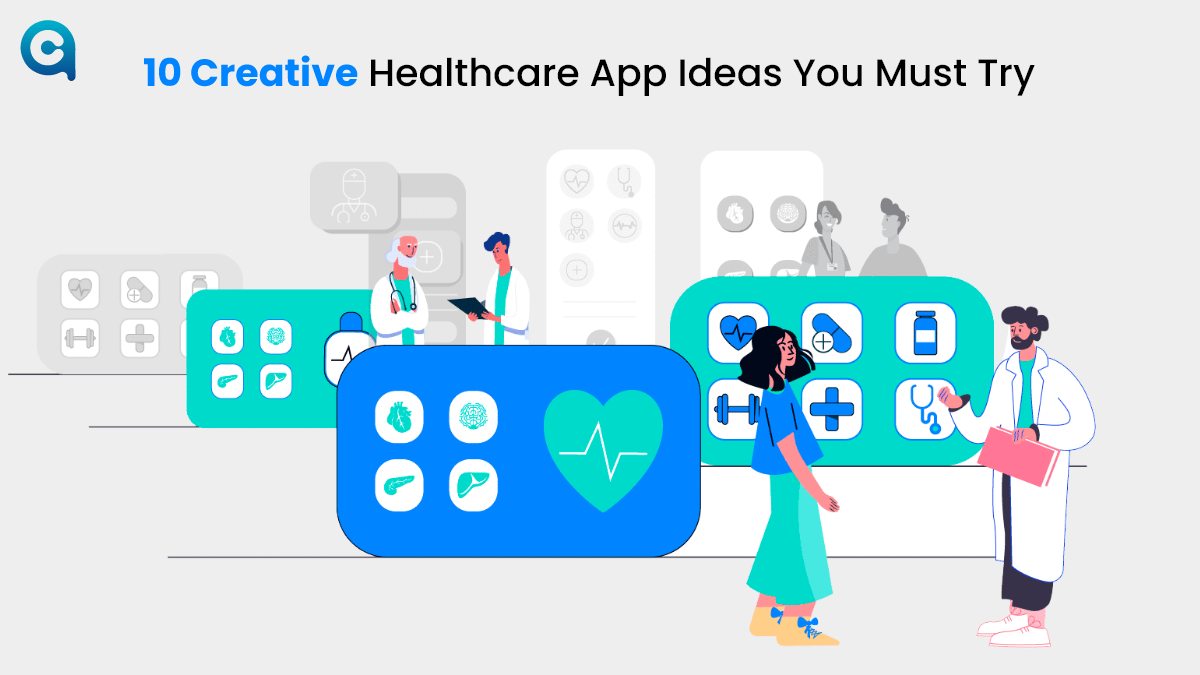
As we head into the future, more and more people are looking to find ways to improve their healthcare. And with good reason - healthcare can be expensive, and it can be difficult to get the right care
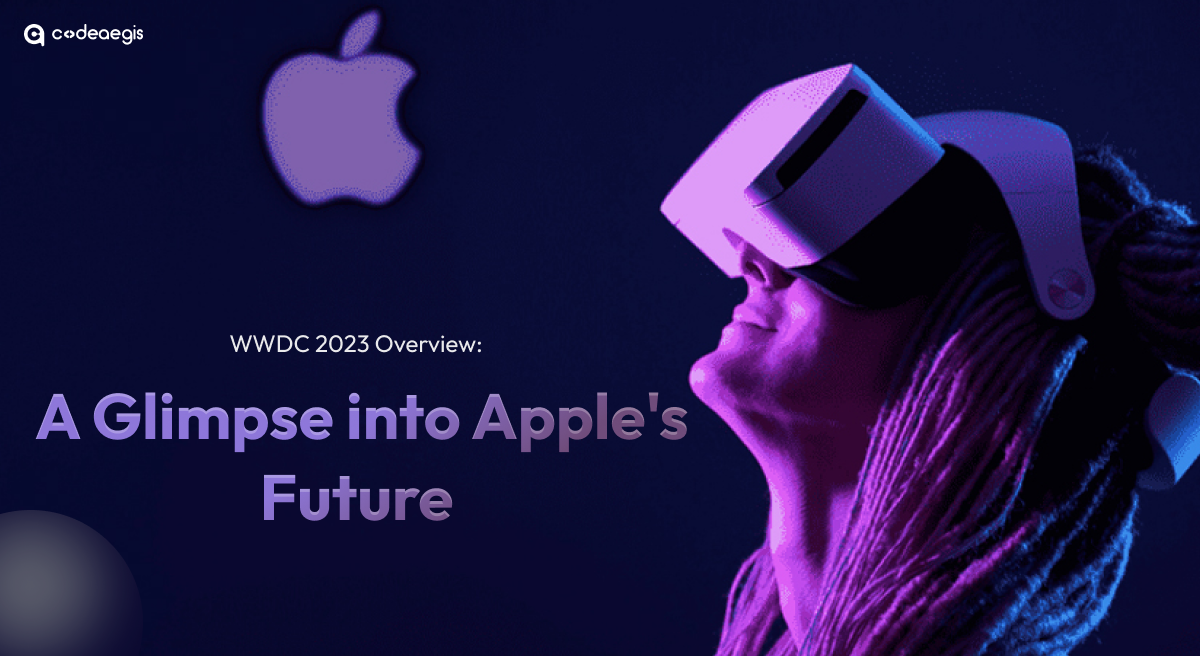
An extensive background working in Tech, Travel, and Education Industries. Currently involved in entire business operations process: Benefits strategy and implementation, systems integration, Human Re

Rental businesses are gaining market share by offering essential services that help other businesses minimize downtime and maximize profitability. This growth trend is particularly strong in the servi

Want to establish a new business or improve an existing one? You should consider using blockchain technology Being a distributed database, Blockchain allows for secure online transactions. This techn

Imagine a classroom where history comes alive in the 3D model of historical events. Biology students can explore the unique complexities of a cell as they have practiced it with real-world examples, a

Decentralized Finance (DeFi) is a modern and evolving region of finance that is less centralized and more open to innovation and collaboration. DeFi enthusiasts laud its prospect of disrupting convent

Prime Minister Narendra Modi eventually launched 5G in India at the 6th edition of the IMC (India Mobile Congress). Reliance Jio and other telecom organizations documented the various use cases of 5G

When it comes to mobile app development, one of the most important things you need to consider is the prototyping process. This will allow you to create a working model of your app so that you can tes

The United Arab Emirates (UAE) is flourishing as the hub for blockchain technologies, transforming the digital ecosystem and having a forward-thinking government to maintain its competitive edge. Gove

In recent years, the gaming industry has seen a surge in popularity, with many gamers turning to online gaming platforms and console games in order to escape reality. With so many people playing video
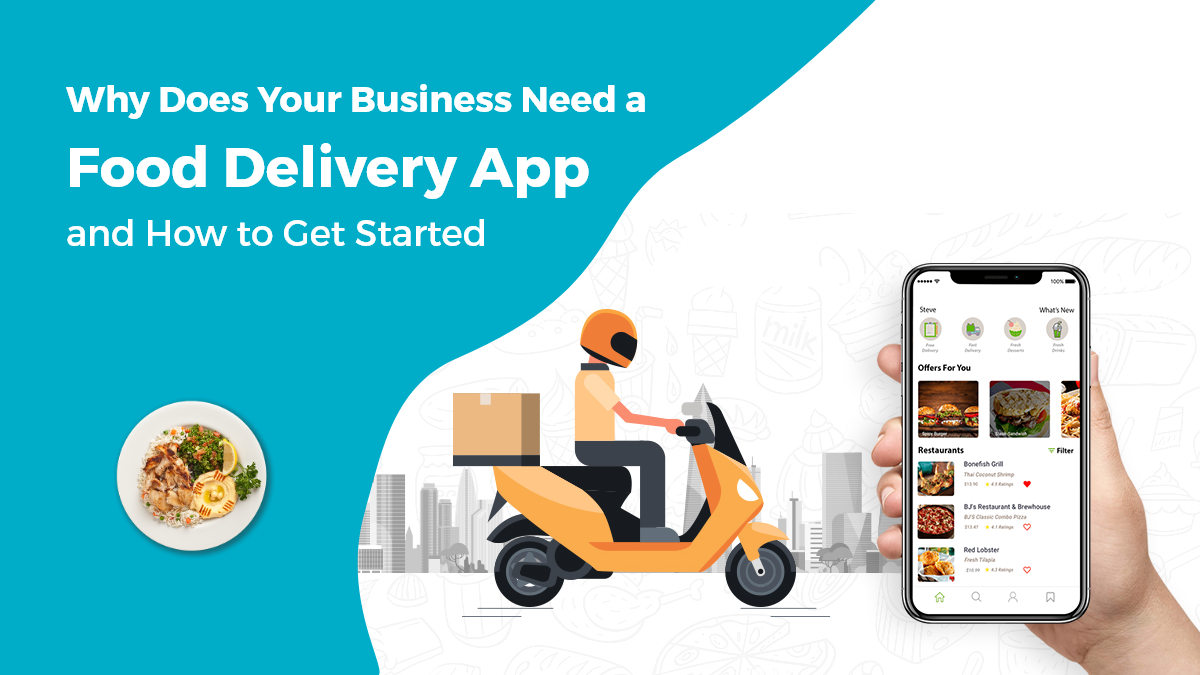
Businesses after COVID are going through several changes, and the food industry is no different. Restaurants that have been doing dine-in are now struggling to keep up with the demand for delivery and

The two hottest frameworks in the mobile app development world are Flutter and React Native. They’re both cross-platform solutions that allow you to write code once and deploy it to Android and
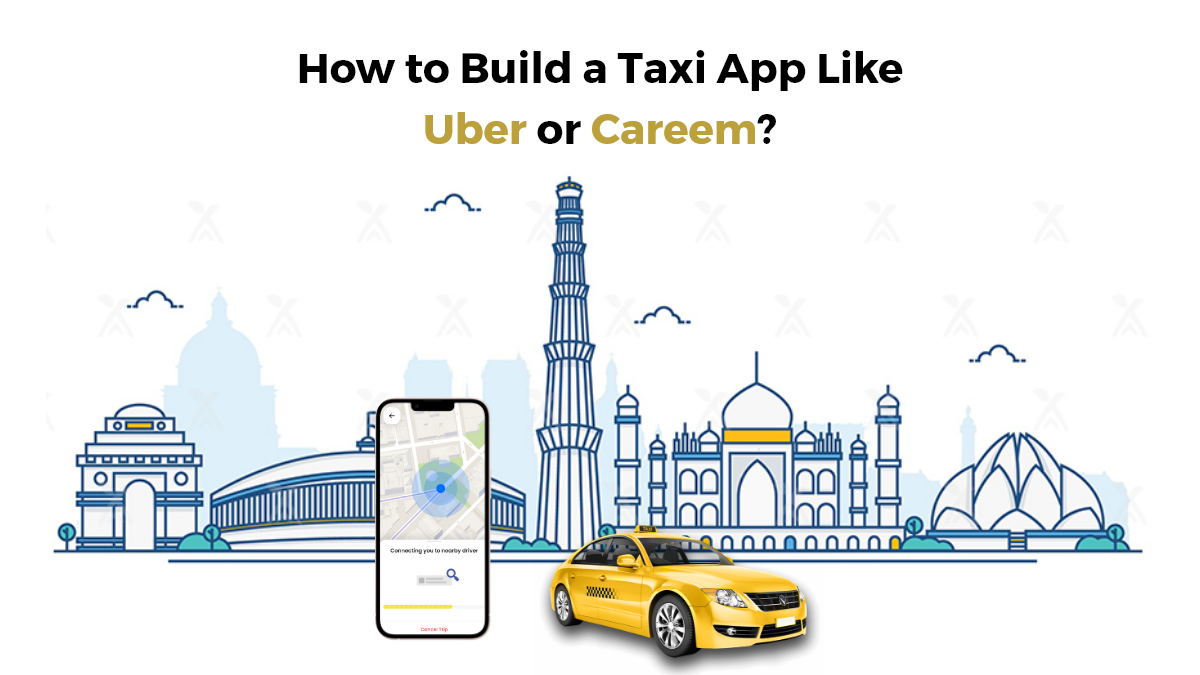
Gone are the days when people used to wave down a taxi on the street or wait for one at the airport. With the advent of technology, people can now book a taxi with just a few taps on their smartphones

Nowadays, the financial industry has encountered massive digitization, and mobile apps play a significant role in it. There are a wide variety of money transfer apps available, catering to the needs a
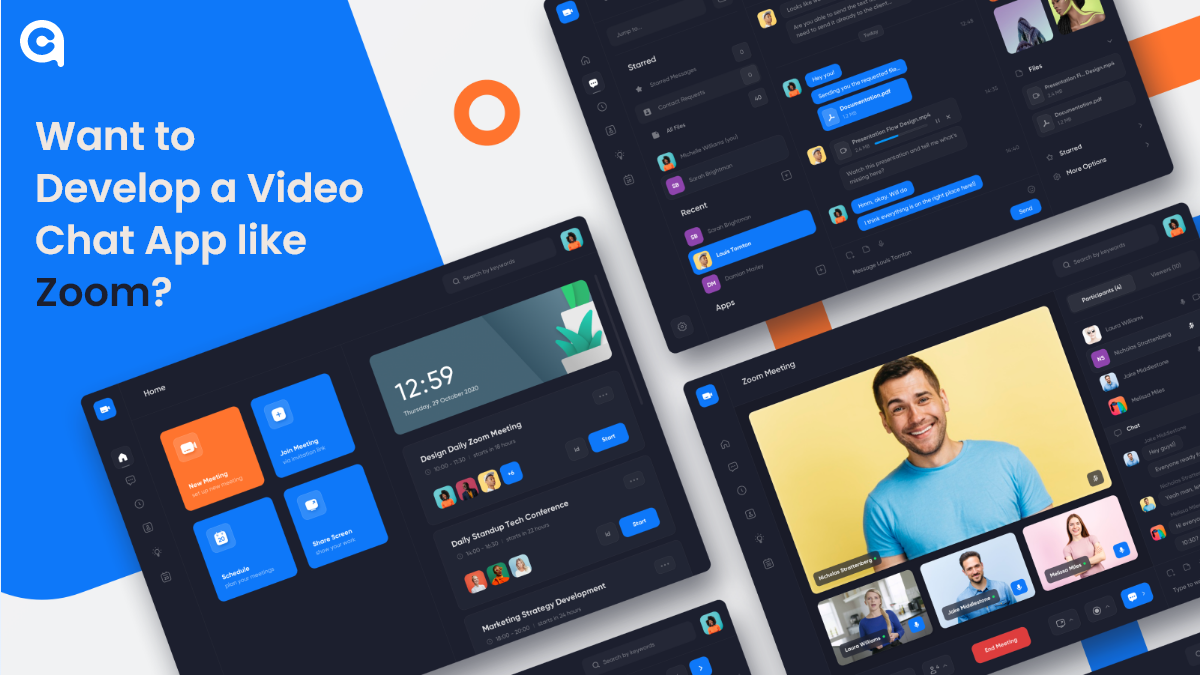
Depending on what niche you’re in, video chat apps are becoming increasingly common in the world of business and technology. Whether it’s a small startup company or a multinational corpora

Do you know what digital transformation with AI is and how it can impact your business? Organizations today are under pressure to digitally transform to stay competitive. This digital transformation

Necessity is the mother of invention origin! Have you ever wondered when an entrepreneur decides to start a business? When demand is high and supply is low, opportunities arise. But there’s mor
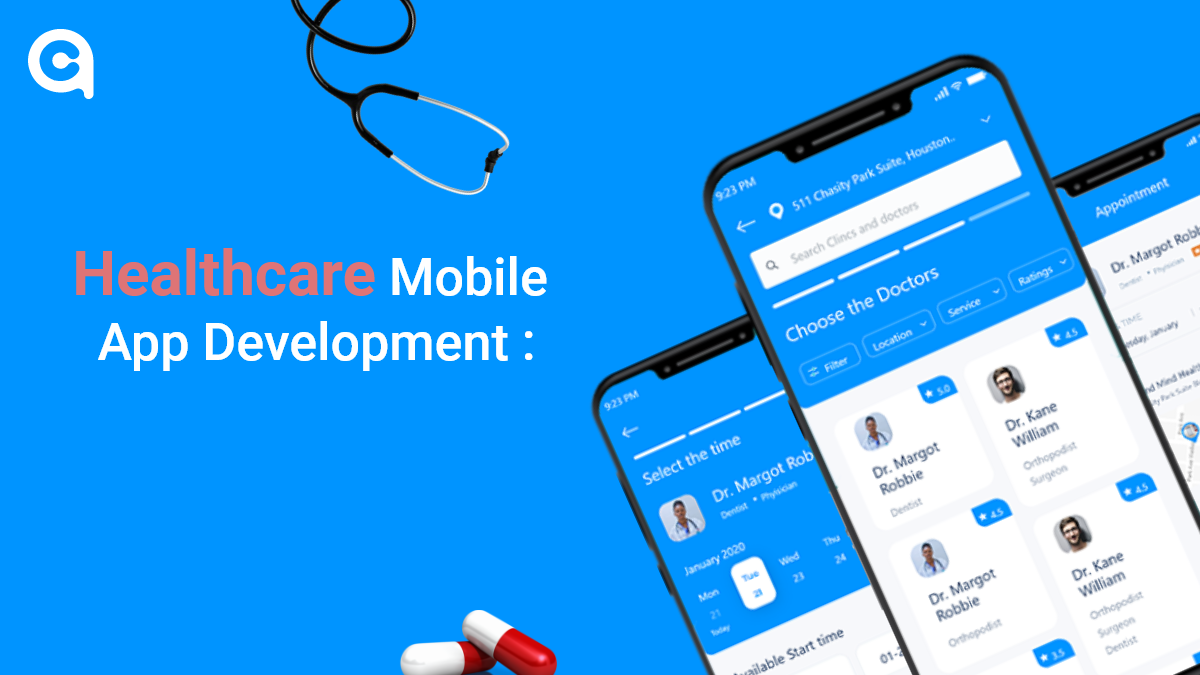
The healthcare industry is one of the most rapidly changing and growing industries worldwide. Mobile devices and apps have drastically changed how providers and patients interact and communicate.So, i
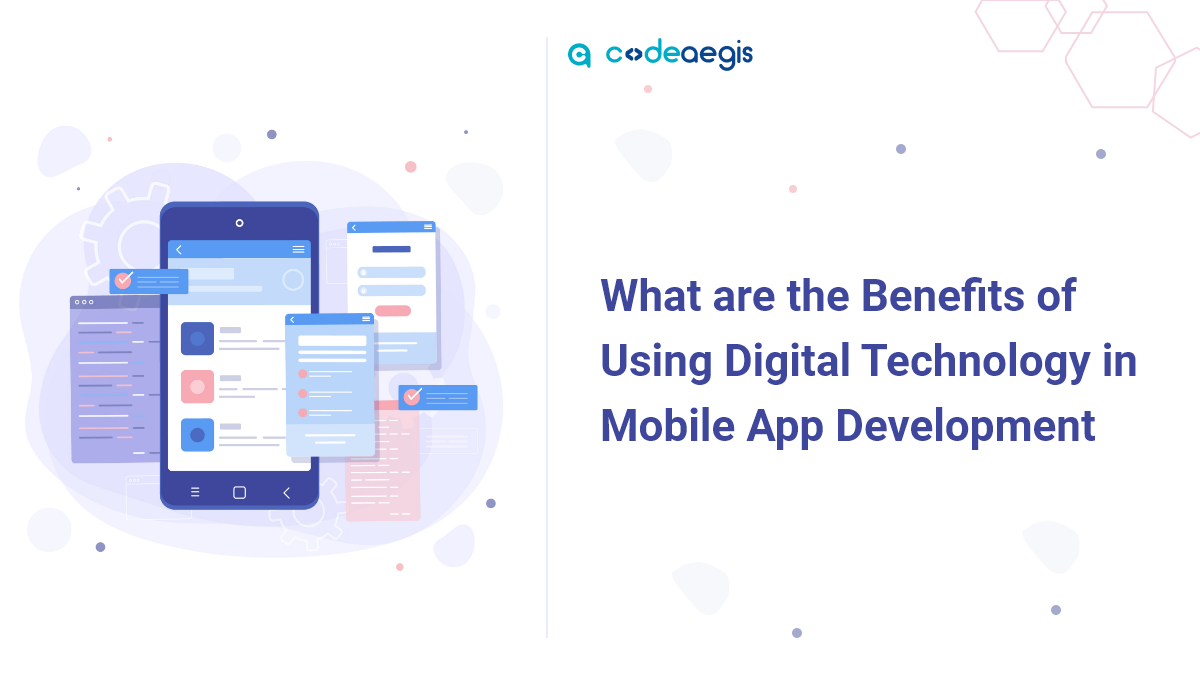
With the ubiquity of smartphones and tablets, it only makes sense that mobile app development - which is the process of creating applications for smartphones and tablet devices - is becoming more popu

Have you ever found yourself in a situation where you desperately needed a product or service but didn't have the time or energy to go out and get it? Well, fear no more because on-demand delivery app

Lately, the tech world has been abuzz with talk of the Metaverse, a groundbreaking concept that promises a shared virtual space where people can interact and engage with one another. This futuristic i
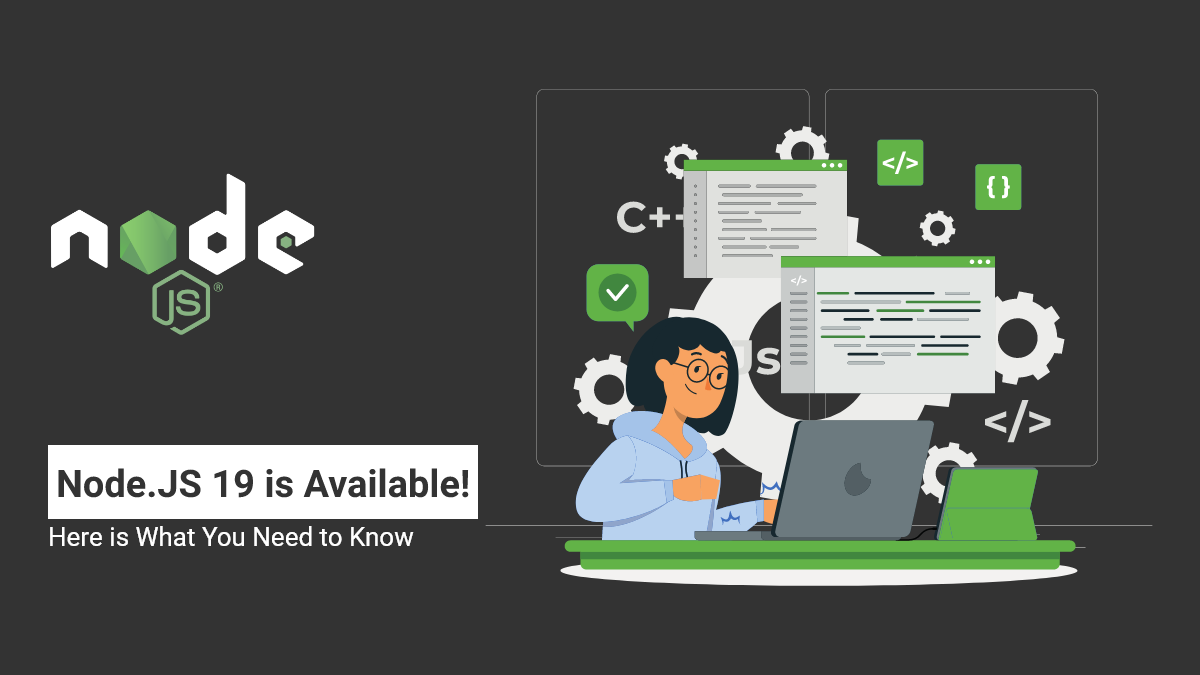
The launch of Node.js 19 is now available! It substitutes Node.js 18 as the current launch line, with Node.js 18 being encouraged to long-term support (LTS) next week. What do these two launches mean

With the advent of technology, the financial industry has experienced a massive transformation in the past few years. Fintech applications have revolutionized the way we manage and invest our money.

Table of Contents 1. What is ChatGPT? 2. What Are the Top Benefits of ChatGPT? 3. How Does ChatGPT Work? 4. Challenges With ChatGPT 5. ChatGPT and the Future of AI 6. Final Thoug
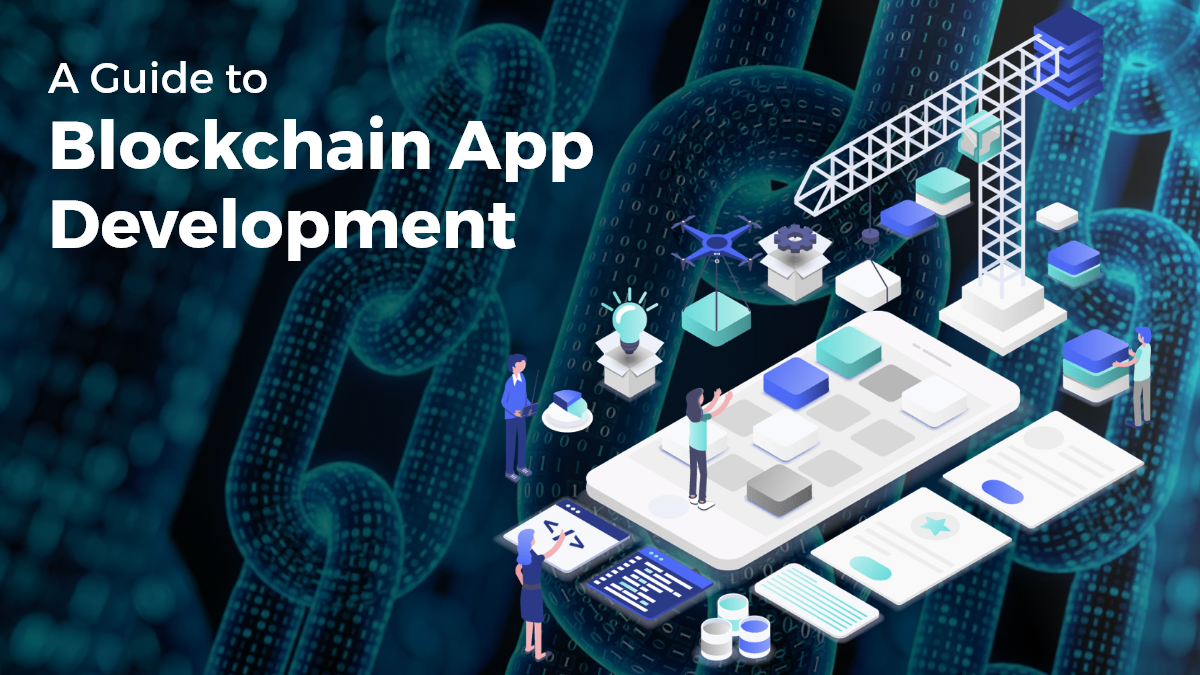
Blockchain technology has been a hot topic recently due to its potential to revolutionize various industries. Blockchain is a distributed ledger technology that ensures transparency, security, and dec

Do you run your own business and want to build an Android app? If yes, you must know about the latest technology trends playing a significant role in the android app development process. Technology i
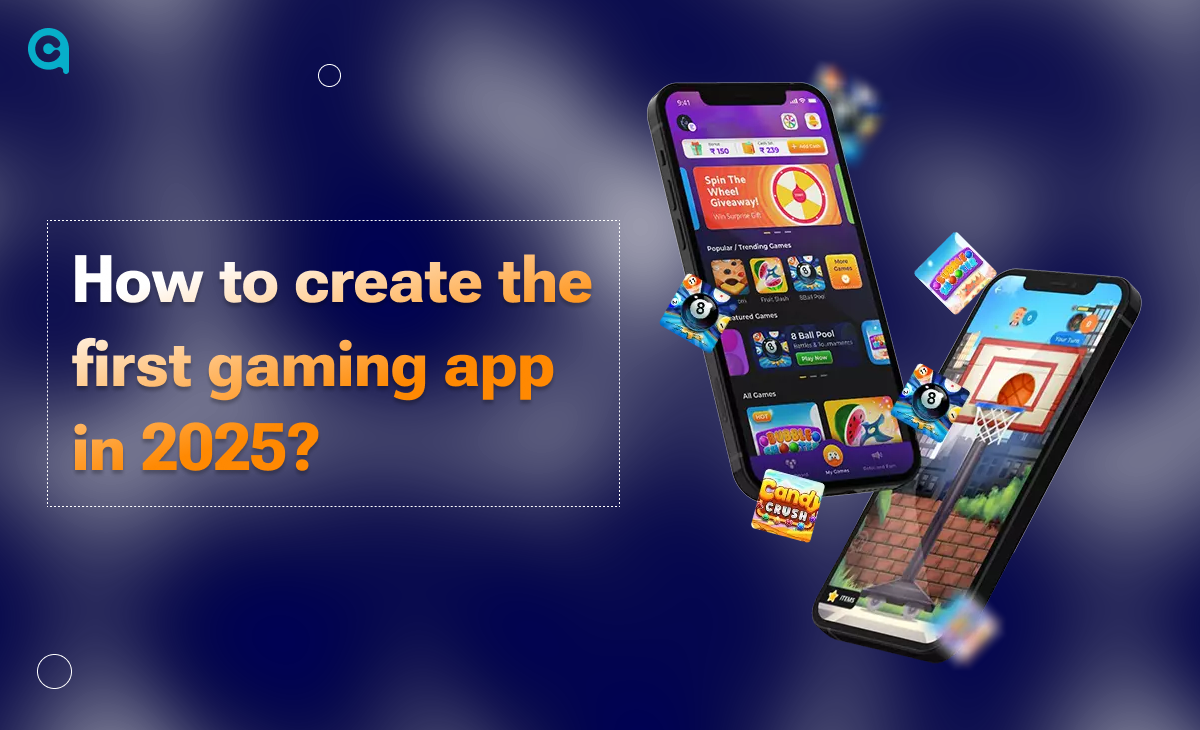
Application development is essential to fostering business efficiency while accepting new changes. Depending on the specific requirements, 85% of businesses rely on software development solutions to s
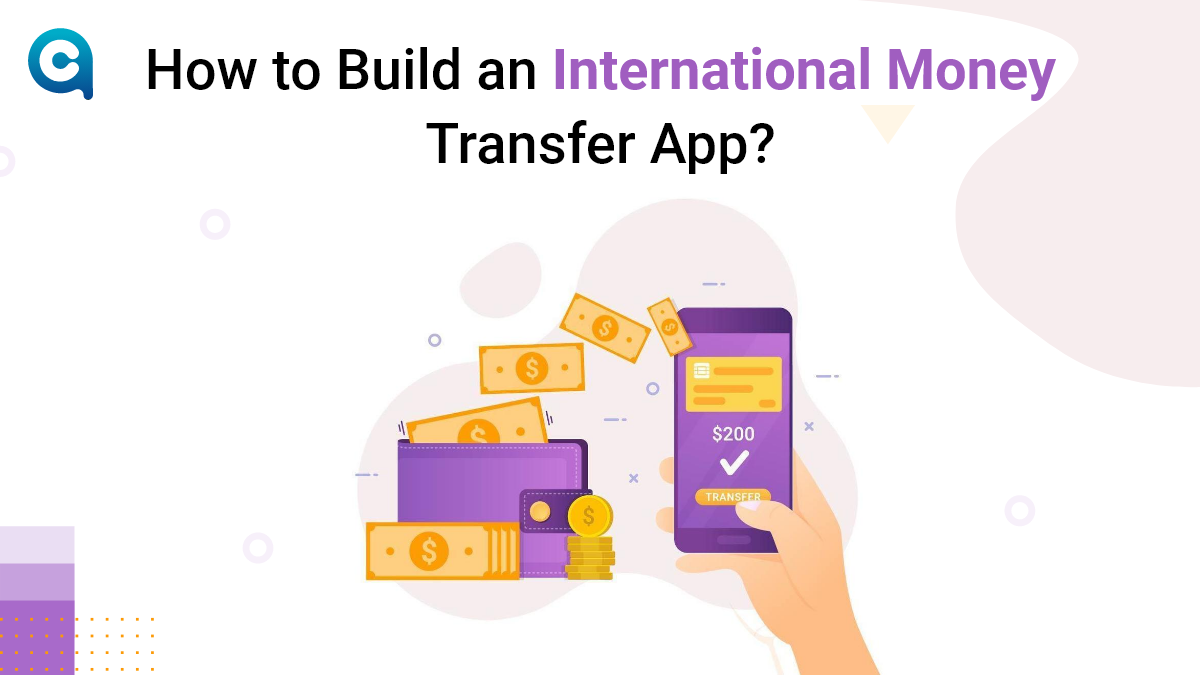
The introduction of online payment applications has changed how people perform financial transactions. A mobile phone with a banking app lets you quickly resolve various financial matters. Ta

As blockchain technology continues to evolve, so too does the landscape of projects built on its foundation. The worldwide Blockchain market is predicted to expand at a CAGR of 42.8% (2018-2023), dire

Social media apps are all the rage these days. People use them to connect with friends and family, to learn about new products and services, and to stay up-to-date on the latest news. But as popular a

If you’re planning to enter the fast-growing fantasy sports market, one of the most critical aspects considered is “What will it cost to build a fantasy sport that stands out and drives t

Over-the-top (OTT) platforms like Disney Plus, Netflix, and Prime Video have gradually captured attention as traditional TV-watching methods have faded. Throughout the year, OTT platforms have created

In the last few years, wearables have become increasingly popular. Fitness trackers, smartwatches, and even smart glasses are becoming more and more commonplace. And as the technology improves and bec
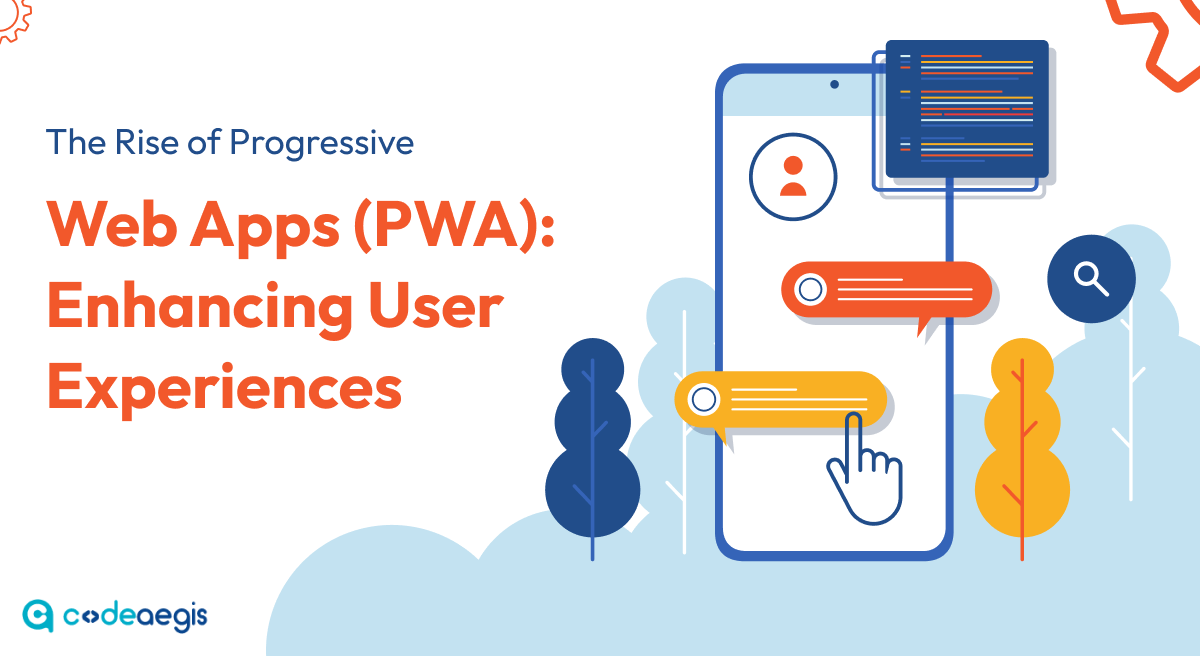
In today's digital world, businesses must keep up with ever-increasing consumer expectations and find new ways to engage their audience. That's where Progressive Web Apps (PWAs) come in. PWAs are a r

The UAE, and Dubai specifically, has really evolved from just a real estate and tourism market, and is quickly becoming a hub for digital innovation and online commerce. With the continued investment

Imagine a world where you can speak your thoughts and desires, and the digital realm responds promptly, seamlessly integrating into your daily life. Whether you want to search for information, contro

Over the past decades, the healthcare sector has continuously expanded its wings, moving from traditional to advanced technological processes. This evolution is driven by the sector's unwavering commi

As the world of startups becomes increasingly competitive, building an MVP is crucial for entrepreneurs looking to test their ideas and launch successful businesses. By creating a minimum viable produ

Things have changed dramatically over the years with new opportunities, techniques, and future advancements. Real estate is the best industry to invest in, though the procedure sometimes irritates. Me

Having a mobile application is no longer a luxury—it's an essential tool for instantly capturing the market! To stand out in the rental businesses, a company must adopt tech-driven preferences

Nowadays, the digital presence has revolutionized business dynamics. App development is not just evolving but breaking traditional barriers and emerging as strong and progressive solutions. With robus
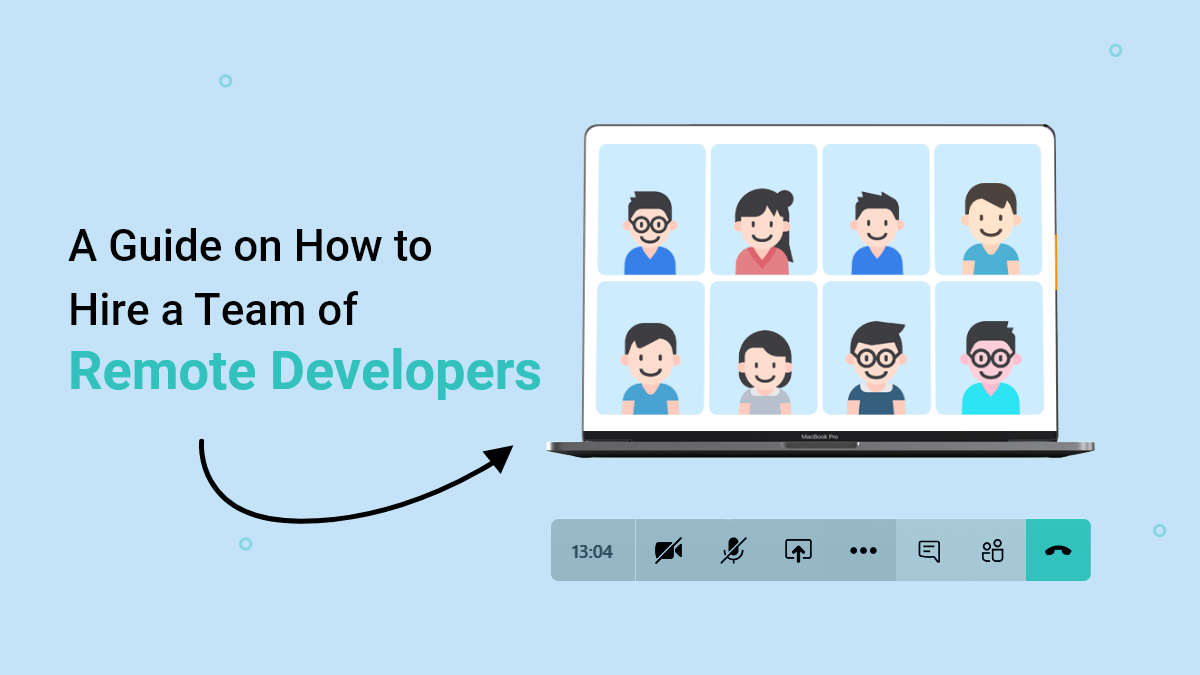
Hiring a team of remote developers can be a daunting task, but it doesn't have to be. With a little bit of planning and the right approach, you can find the perfect candidates to build your dream prod

Are you aware that the world is going through a significant shift in the way we make payments? According to a recent report by Deloitte, the total value of digital payments worldwide is estimated to r

The gaming industry is proliferating with the advent of smartphones and PCs. Every age group, from children to adults, is well-engaged and fond of online gaming. The rapid evolution of mobile gaming a

By 2024, we all know that technology will be the future. What excites me the most is that technology has covered all the dimensions of businesses, enabling them to attain their potential and efficienc
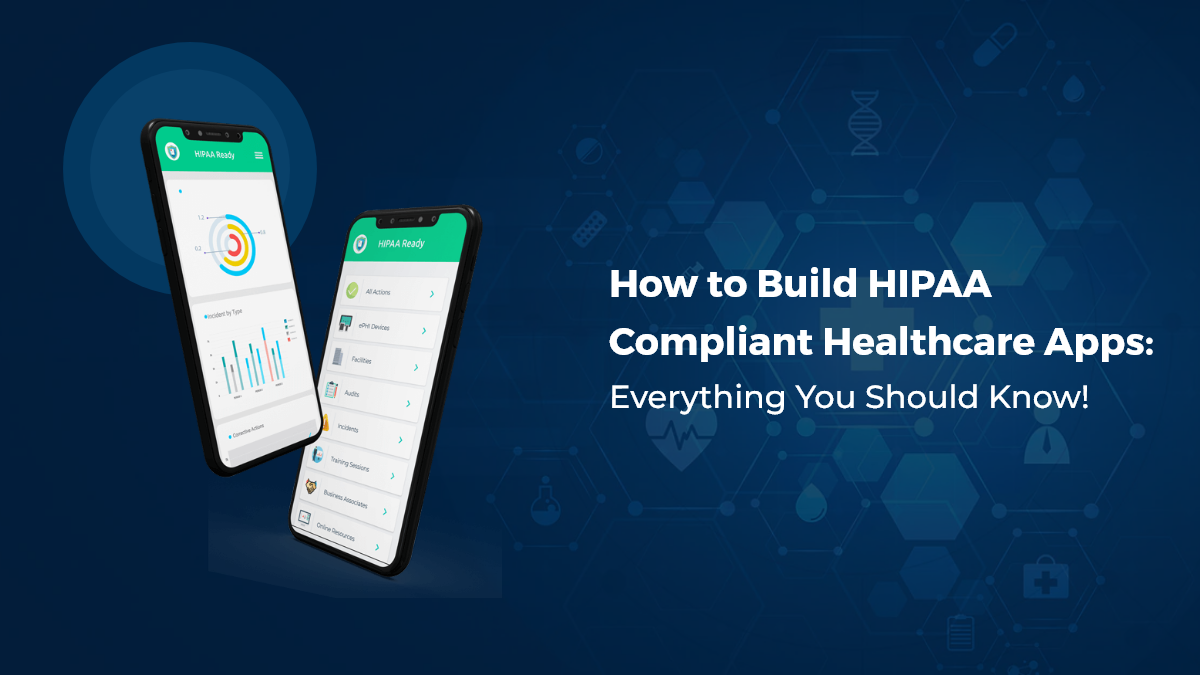
If you’re in the healthcare industry, then you know that data privacy and security are of utmost importance. In order to protect patients’ information, the Health Insurance Portability and

You’ve likely heard the term “Artificial Intelligence” or AI until now—It’s 2025. But have you ever paused to consider how deeply AI has woven itself into the web of our

Blockchain technology is becoming the heart of multiple industries. It is robustly securing businesses through its core value, making it the first pick-up in the generative AIs. The blockchain is the

DeFi is a new kind of investment that’s taking the world by storm. So what is it? Essentially, DeFi is a digital asset class that allows you to invest in cryptocurrencies and other digital asset

Will DeepSeek and ChatGPT collide in the race for AI Supremacy? DeepSeek and ChatGPT are at the center of a heated debate that tends to shape the future of AI. The real-world implications and effecti
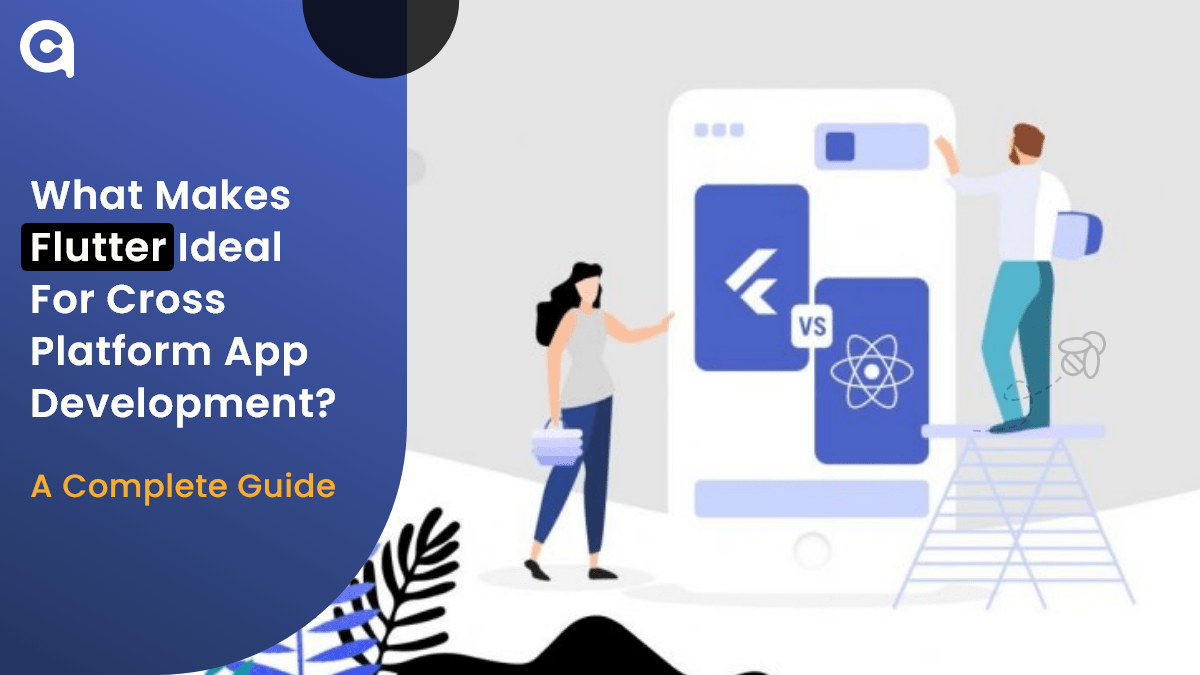
Table of Contents 1. What is Flutter? 2. Why Choose Cross-Platform Development? 3. Why is Flutter the Best Platform to Make Cross-platform Applications? 4. How Much Does it Cost to
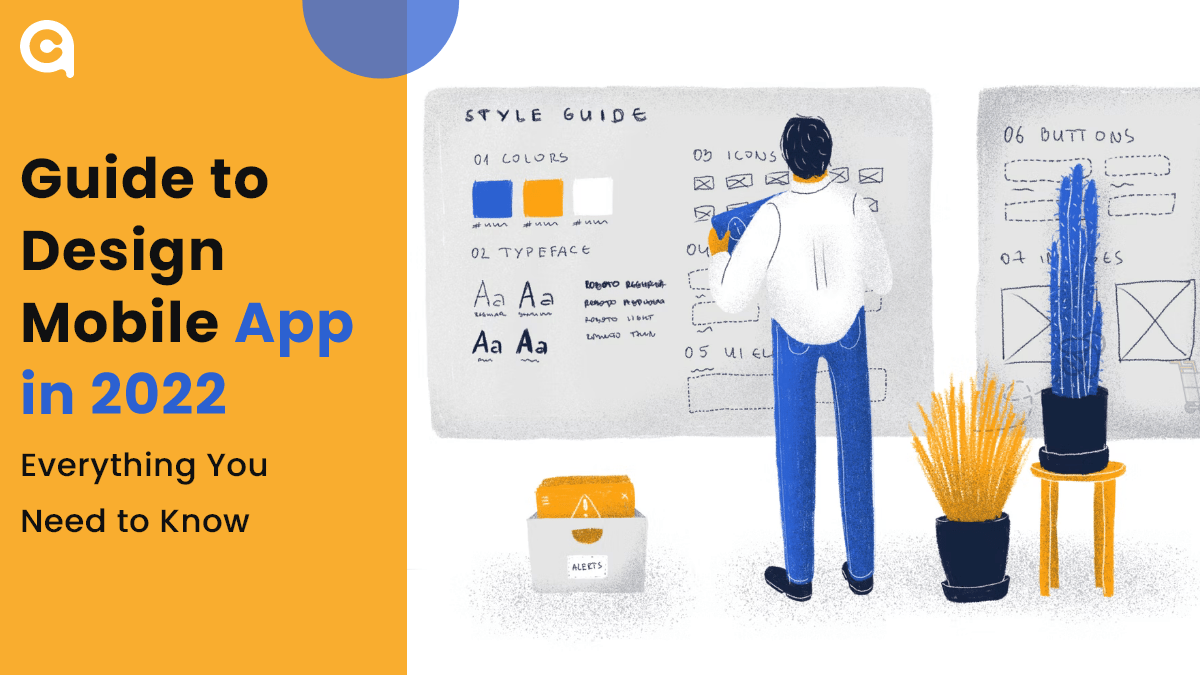
Are you looking to design a mobile app in 2025? Mobile application development is an ever-changing field, and it can be hard to keep up with the latest trends and best practices. But with this guide,

Augmented Reality and Virtual Reality are the two leading buzzwords in the technology era. What began as a completely new, significantly different technology has rapidly revolutionized into something

Building an App that promotes businesses and acts as a right hand has a separate fanbase! Creating an app for the business plays a fundamental role in elevating business operations, making seamless c

Can you give thought to a week without coffee breaks at cafes? It might not be possible, but earlier, having coffee outside the house was never a thing. So how the tables have changed the corners?
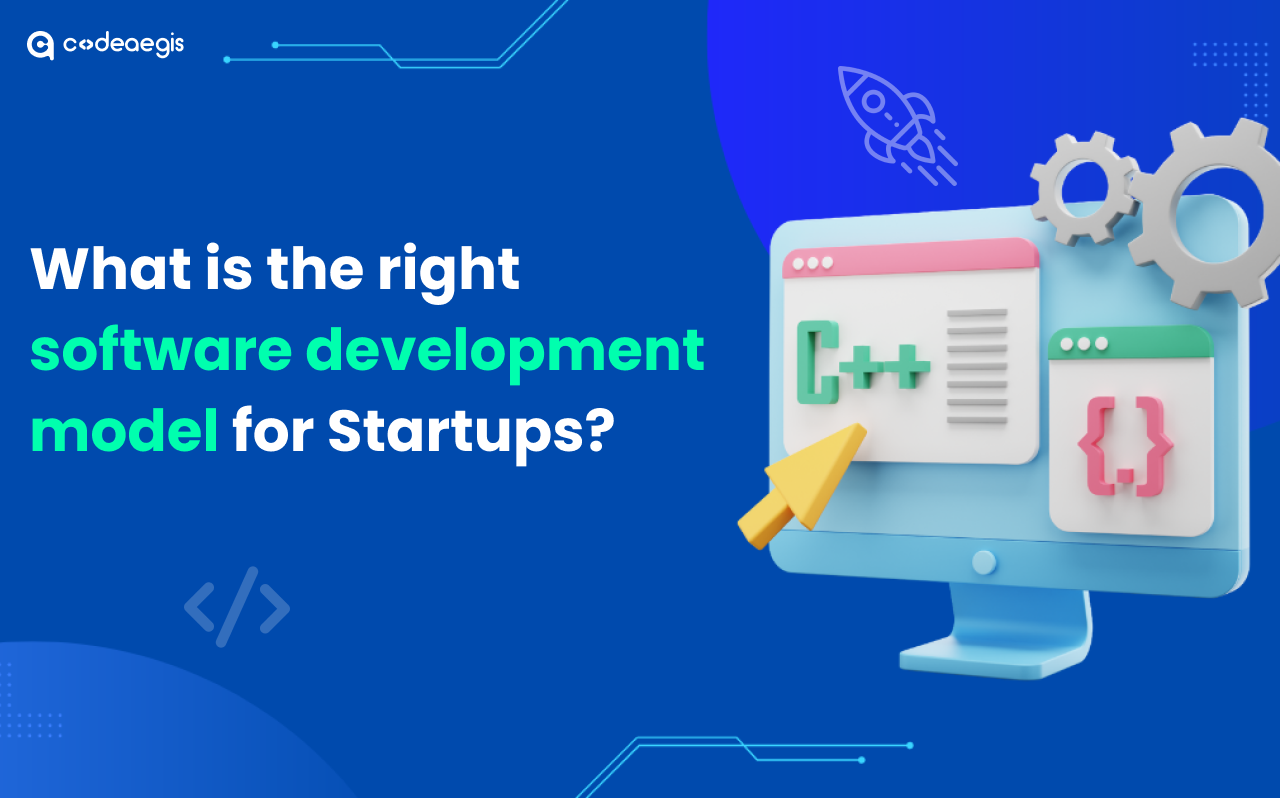
Sipping coffee and thinking of a startup has always been trendy. Similarly, hanging out with friends and promising them to start a business someday feels refreshing. Did you know that several success

Google released Android 13 beta 4 to the public, and with it comes a slew of new features and updates. In this article, we'll walk you through everything you need to know about the latest version of A

Technology has come a long way in the past decade, and augmented reality (AR) is one of the most exciting development fields. AR technology superimposes digital content into the real world, creating a

It's no secret that the digital world has transformed many aspects of our lives, and it is only going to continue changing in ways we can't even imagine yet. To help businesses keep up with this rapid

Generative AI? Is this still a question mark to you? If you don’t know what generative AI does, that would be a fair question, but it was not if you said that you haven’t interacted with
Have you ever felt like you’ve attracted 30% more consumers to your shopping sales by using a technical hack to revive your shops? It would work like a person was crossing through next to your
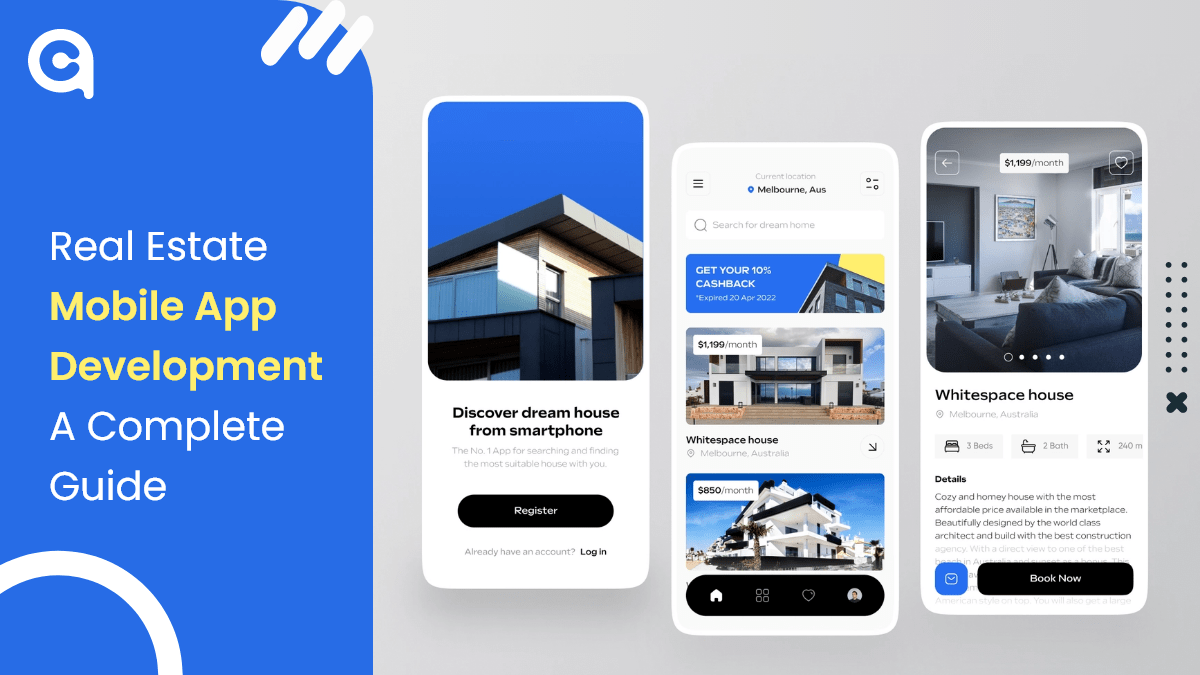
The world is digitizing at a very rapid pace, and in such a scenario, real estate businesses must also go digital to stay ahead of the competition. One of the best ways to digitize your business is de

The mobile app market has grown to a staggering size, with over 1.8 million apps available in the Google Play Store and Apple App Store combined. Mobile apps have become a necessity for people worldwi
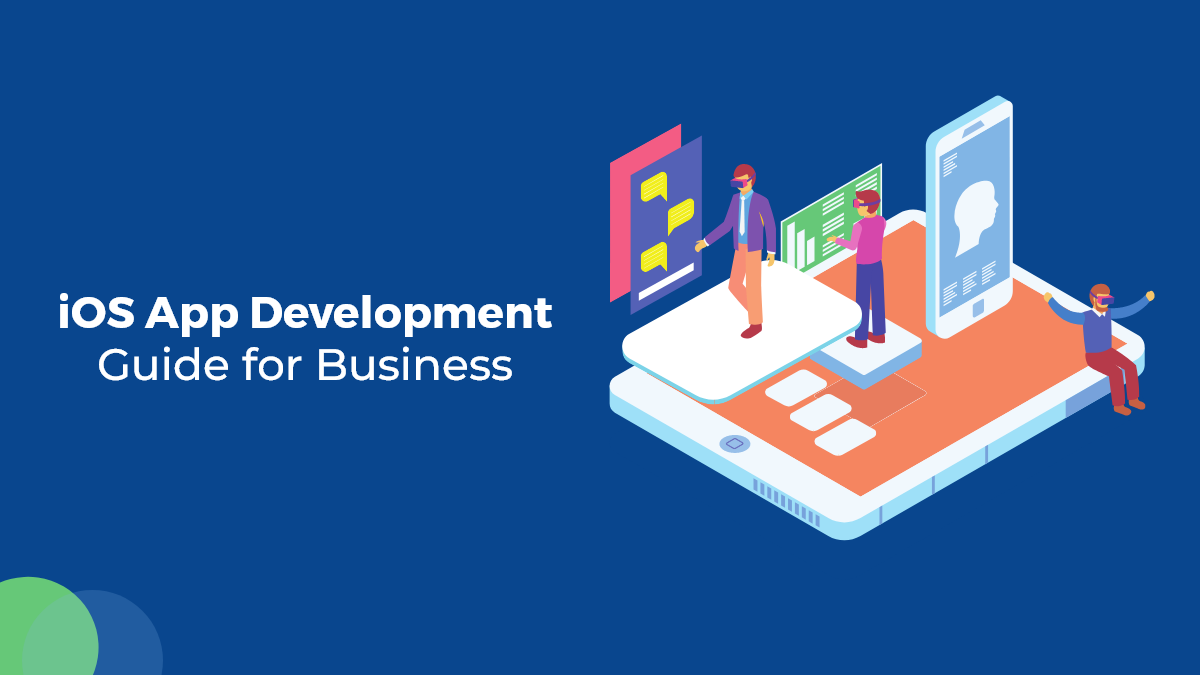
Businesses these days are looking to have an edge over their competition by having a strong online presence. A website is not enough anymore, and many companies are turning to mobile apps as a way to

Mobile applications have dominated the market, helping businesses to reinforce their full potential. Not only for the rental business, but mobile apps play a critical role in establishing a solid foun

The world of gaming is rapidly evolving, and the latest buzzword is "metaverse." The term refers to a virtual world where users can interact with each other and digital objects in real time, using imm
The beacon technology market was valued at 519.6 million U.S. dollars in 2016, and it was estimated to increase at a CAGR of 59.8% to reach about 56.6 billion U.S. dollars in size in 2026. Throughout

Blockchain technology and web development are two powerful innovations that have the potential to transform our world. While they may appear distinct, they share similarities and can work together to

When it comes to developing an app, there's a lot to consider. Not only do you need to create a user-friendly interface and design, but you also need to make sure your app is able to meet the demands

Mobile applications play a vital role in the development of multiple businesses in this digital world. Most companies are investing in iOS app development to strengthen their market appearance and dra

Is your business still relying on off-the-shelf software solutions that don’t efficiently meet your unique business requirements? If your mind instantly says yes, then let’s explore why in

The mobile app market has grown to a staggering size, with over 1.8 million apps available in the Google Play Store and Apple App Store combined. Mobile apps have become a necessity for people worldwi

The food delivery application has innovative, game-changing features that will transform the industry from the bottom to the top. According to Statista, the online food delivery market in the UAE has
Leave a Reply
Your email address will not be publishedDO YOU HAVE ANY PROJECT
Let's Talk About Business Solutions With Us
India Address
57A, 4th Floor, E Block, Sector 63, Noida, Uttar Pradesh 201301
Call Us
+91 853 500 8008
Email ID
[email protected]




.jpg)






